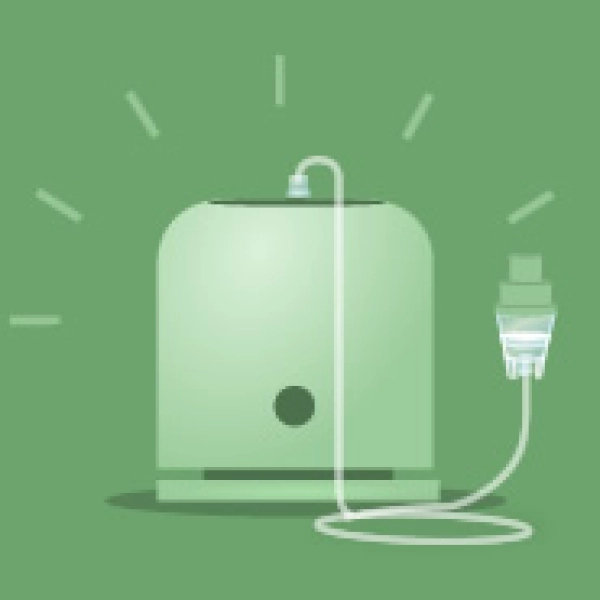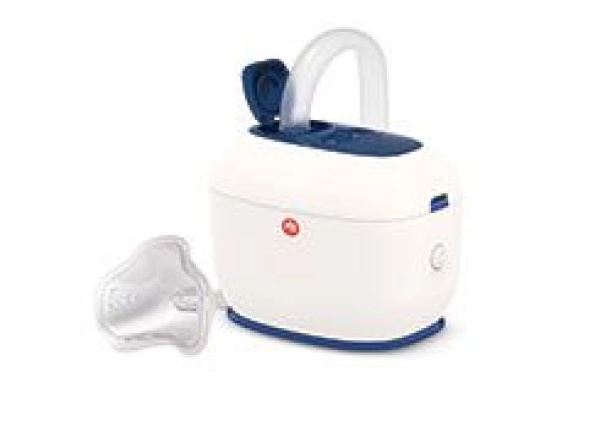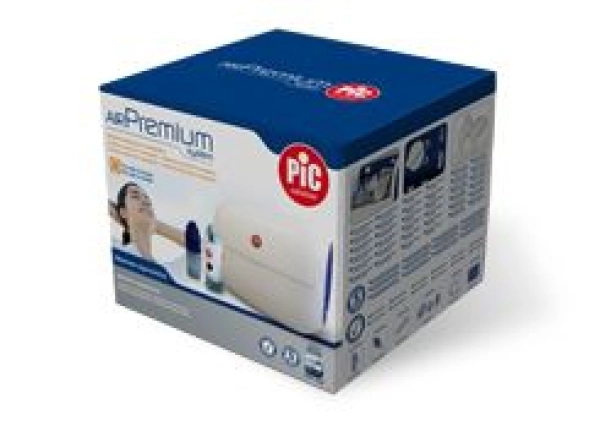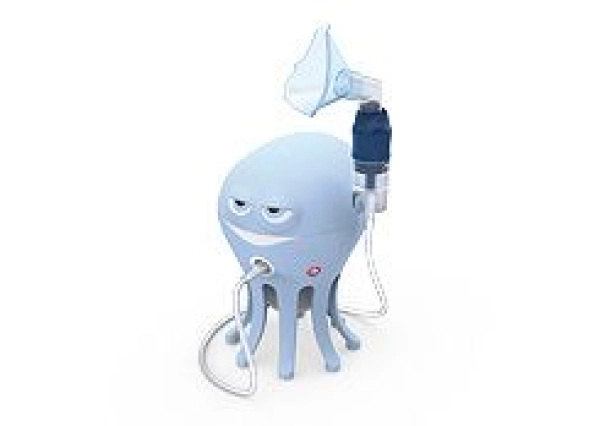

Nebulizers are the main device used for treating your airways when they've become inflamed. A nebulizer works by transforming liquid-based drugs into particles small enough to be deposited in the nose and throat that then end up in your lungs. There are lots of different types available - let's have a look at their pros and cons.
The first type of nebulizer that might interest you uses the mechanical or compressed air method. The device has a pump or compressor attached that pushes air into the chamber containing the solution diluted with the nebulization drug, producing particles that will be deposited in your airways. The compressors can be membrane or piston.
Membrane nebulizers are the cheapest option and the oldest type, but if you're in a rush or don't like noise, this is probably not the solution for you. Keep in mind that a membrane nebulizer takes 10 minutes to nebulize 3 milliliters of medication and can reach noise levels of 55-60 decibels, similar to those in a busy street.
If your choice is dictated by speed, then a piston nebulizer could be right for you. They have powerful motors that usually produce faster rates of nebulization. They're not as economical as membrane nebulizers, but we all know that time is money.
The second group of nebulizers is based on ultrasonic technology. These devices contain a crystal that transforms the electric pulse into vibrations that have the same effect on the medication as waves in the sea do when they break over rocks. Ultrasonic nebulizers are recommended if you have a lot of mucous or need to clear lung secretions.
Generally speaking, ultrasonic nebulizers are the most advanced of all; they're much quicker and quieter than mechanical ones. And of course, we know that cutting-edge technology can end up being less economical. Just one point to add - currently there isn't a consensus on the best way to nebulize all types of drugs, so if you have to inhale some solutions containing cortizone, for example, then an ultrasonic nebulizer may not be right for you.





